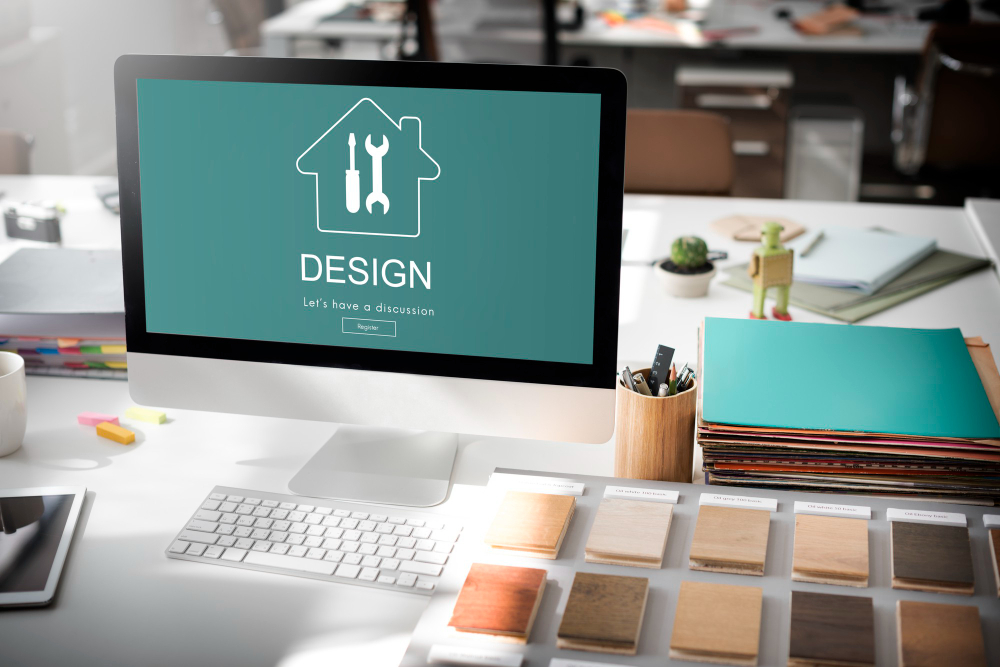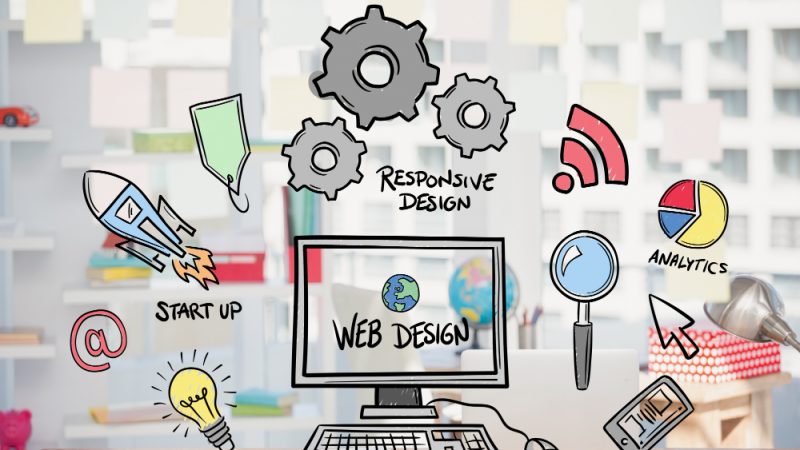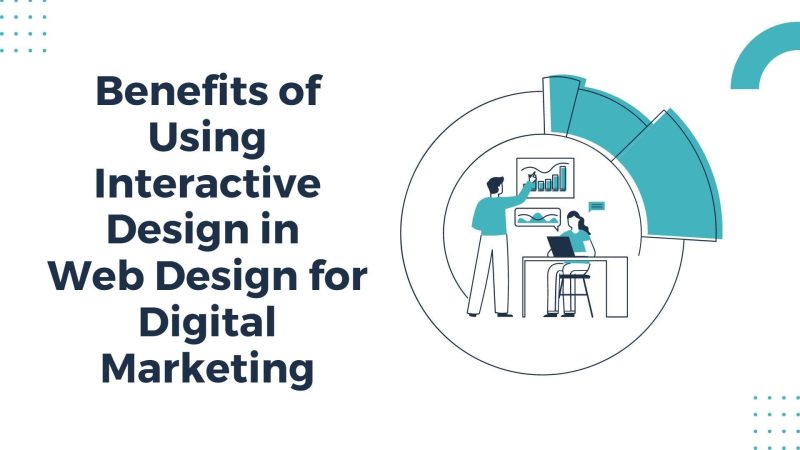Syncing Teams: How Markup Tools Enhance Collaboration Between Designers and Developers

Designers and developers often approach projects from different angles. While designers focus on aesthetics, user experience, and creativity, developers are concerned with functionality, code quality, and technical feasibility. Ensuring that these two groups work together harmoniously is crucial for successful project outcomes. A markup tool can serve as a bridge between these teams, enhancing collaboration, streamlining workflows, and ensuring that both design and development goals are met.
Bridging the Communication Gap with a Markup Tool
Communication is key to any collaborative effort, but it can be particularly challenging between designers and developers. Designers might use visual language that developers find unclear, while developers might speak in technical terms that designers don’t fully understand. This can lead to misinterpretations, frustration, and delays.
A markup tool helps to bridge this communication gap by providing a visual and contextual way for teams to exchange ideas and feedback. Instead of relying solely on written or verbal explanations, designers can annotate specific areas of their work, highlighting elements that require attention or adjustments. Developers can then respond directly to these annotations, asking questions or providing technical insights. This clear, visual form of communication helps both teams understand each other’s perspectives and reduces the likelihood of errors or misunderstandings.
Streamlining the Handoff Process
The handoff from design to development is a critical stage in any project, and it’s often where collaboration can break down. Designers deliver their work, expecting it to be implemented as envisioned, but developers may encounter technical constraints that require adjustments. This back-and-forth can create friction and slow down the project.
A markup tool simplifies the handoff process by allowing designers to provide detailed, contextual instructions alongside their designs. Developers can see exactly what is intended for each element and how it should function, reducing the need for extensive clarification. If issues arise, the markup tool makes it easy for developers to point out challenges and suggest alternatives, keeping the dialogue open and constructive. This collaborative approach ensures that the design is implemented as closely as possible to the original vision while respecting the technical limitations.
Facilitating Iterative Development
Projects rarely move from concept to completion without changes along the way. Whether it’s feedback from stakeholders, new requirements, or the discovery of technical challenges, iterations are inevitable. For these iterations to be successful, designers and developers need to work closely together, making adjustments and improvements as needed.
A markup tool supports iterative development by providing a platform where changes can be discussed, documented, and tracked in real-time. Designers can update their work based on developer feedback, and developers can immediately see these changes and start implementing them. This continuous loop of iteration and feedback ensures that the project evolves smoothly, with both teams contributing their expertise to achieve the best possible outcome.
Enhancing Project Transparency and Accountability
One of the common challenges in collaborative projects is maintaining transparency and accountability. With multiple teams working on different aspects of a project, it can be difficult to keep track of who is responsible for what, and how tasks are progressing. A markup tool enhances transparency by keeping all communications, feedback, and revisions in one place.
Both designers and developers can easily access the latest versions of the project, see what changes have been made, and review any outstanding tasks or comments. This centralized approach not only helps keep everyone on the same page but also ensures that team members are accountable for their contributions. When each step of the project is documented and visible, it’s easier to identify bottlenecks, address issues quickly, and ensure that the project stays on track.
Conclusion: The Role of a Markup Tool in Enhancing Collaboration
Collaboration between designers and developers is essential for the success of any project, but it requires effective communication, clear processes, and mutual respect for each other’s expertise. A markup tool plays a vital role in enhancing this collaboration by providing a shared platform for dialogue, feedback, and iterative development. By bridging the communication gap, streamlining handoffs, facilitating iterative processes, and improving transparency, a markup tool helps ensure that projects run smoothly and that both design and development goals are achieved. In the end, this leads to better outcomes, greater efficiency, and a more harmonious working relationship between teams.

![Why Contrast in Design Makes Your Website More User-Friendly [Expert Guide] 2 Why Contrast in Design Makes Your Website More User-Friendly [Expert Guide]](https://technonguide.com/wp-content/uploads/2025/06/Website-800x450.jpg)




